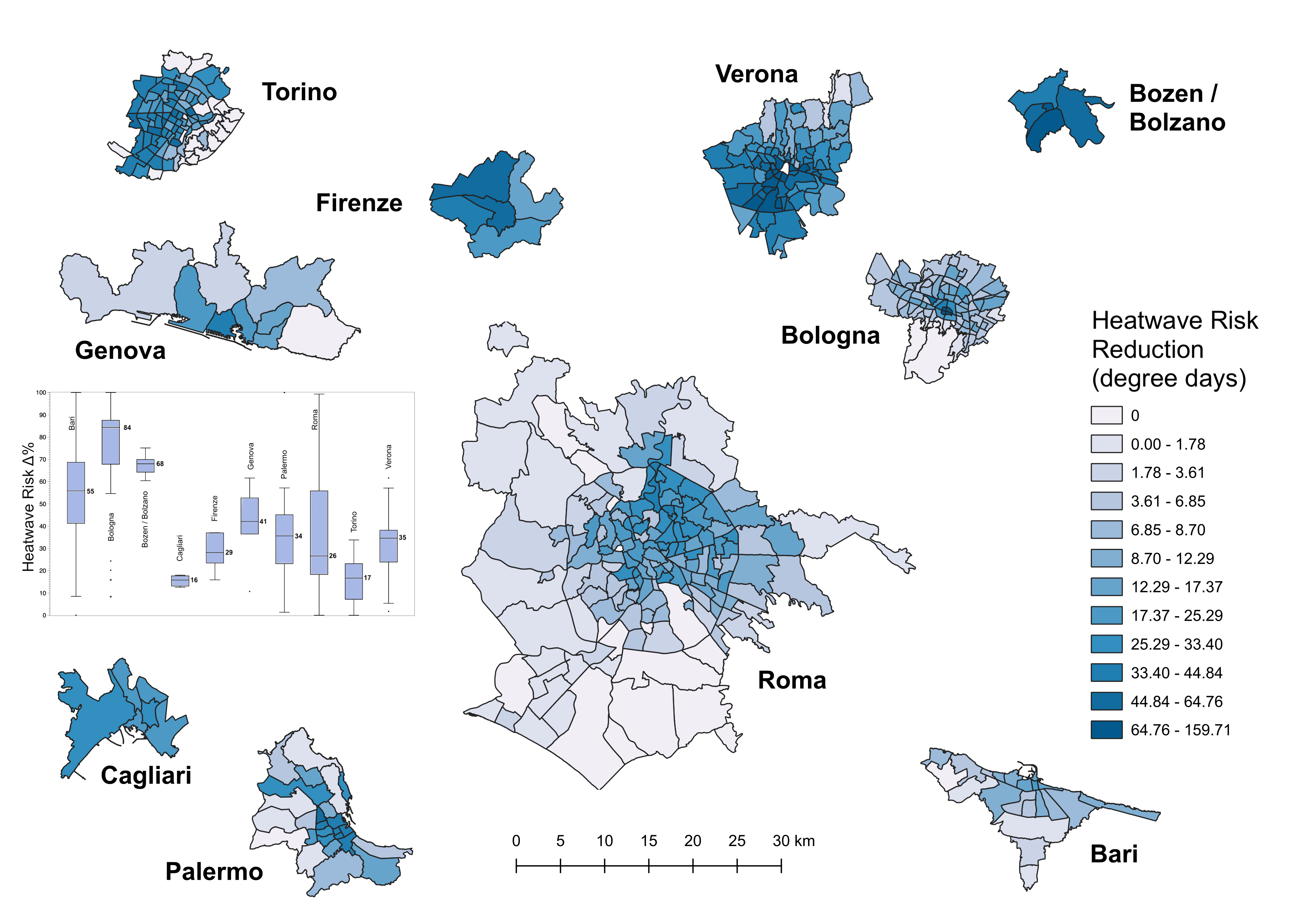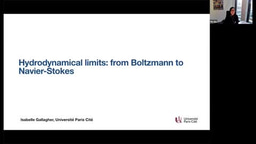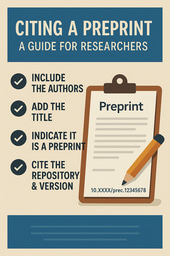🌳Functional Urban Forests: A Nature-Based Solution to Deadly Heatwaves
Published in Earth & Environment, Ecology & Evolution, and Sustainability


Our study asked: What if more trees had shaded and evaporatively cooled European neighborhoods during the deadly 2003 heatwave? Could nature-based solutions—specifically functional urban forests—have made a measurable difference?
This question brought two of us from Syracuse, New York to Umbria, Italy on a sabbatical, where we joined the talented team at CNR IRET (Italy's National Research Council, Institute for Research on Terrestrial Ecosystems). Together, we combined Italian land cover data, health statistics, and international modeling tools to explore how a greener urban future could prevent heatwave deaths.
A Research Sabbatical in Italy’s Green Lung
While the science was rigorous, the setting was sublime. We worked out of Villa Paolina, a historic estate surrounded by forest gardens in Umbria—the “green lung” of Italy. The villa is home to CNR IRET’s offices, where daily life included collaborative research, shared lunches in the villa kitchen, and coffee breaks where we spoke Italian, slowly improving day by day.
We commuted to the villa daily with our co-authors and colleagues, our early-morning car rides filled with Italian conversation and commentary on beautiful landscapes. The diverse expertise in our team—ranging from GIS and statistics to ecology and modeling—reflected a shared passion: using science to protect vulnerable communities.
Trees Are Not a Luxury, But Lifesaving Infrastructure
This study strengthens a growing body of evidence that strategically planted urban tree cover saves lives. And not only in cooling, but in enhancing wellbeing, stormwater management, biodiversity, and beauty.
But these benefits don’t plant themselves. They require:
- Local planning aligned with data-driven goals (like the 30% canopy threshold)
- Investment in tree maintenance that does not exacerbate heat risk
- Community participation to ensure equitable green space access
Why Functional Urban Forests Matters in a Warming World
Heatwaves are one of the deadliest climate-related threats. In Europe’s 2003 heatwave, over 70,000 lives were lost. Today, extreme heat remains a major hazard—just this month, Italy reported heat-related deaths tripling in cities like Milan, Rome, and Sassari (La Stampa, July 2025).
In our research, the functional aspect of the urban forest was strategic: new canopy was placed only existing or newly created permeable surfaces, enabling stormwater infiltration and evapotranspiration—the coupled processes that sustain tree health and generate green cooling services.
Functional urban forests and their trees offer a nature-based solution. Through shading and evapotranspiration, trees can reduce air temperatures by upwards of 10 degrees Celsius—an intervention both cost-effective and climate-positive. But how much canopy is enough to make a difference?
Inspired by the Nature-based Solutions Institute’s 3-30-300 rule (3 trees visible from every home, 30% canopy cover in every neighborhood, and a park within 300 meters), we asked whether achieving that middle metric—30% tree canopy cover—would have meaningfully cooled Italian cities during a major heatwave.
Our Scientific Approach: Modeling the Unseen Benefits of Trees
At the heart of our analysis is the i-Tree Cool Air model, which I developed as an extension of the US Forest Service’s i-Tree HydroPlus tool. This soil–vegetation–atmosphere-transfer model quantifies how vegetation influences temperature, water balance, and air quality at the neighborhood scale.
To adapt it for Italian cities, we had to clear several hurdles:
- 🗺️ Convert European land cover data into the inputs i-Tree requires
- 🌡️ Assemble weather datasets for the 2003 summer heatwave
- 💧 Calibrate the model’s hydrology for Italy’s Mediterranean climate
- 📉 Link temperature output to heatwave degree days, a health-relevant metric
- ☠️ Estimate reductions in heatwave-related mortality for those aged 65+
In ten cities across Italy, we simulated a scenario where each neighborhood achieved at least 30% tree cover by adding canopy over permeable surfaces receiving stormwater runoff during the year. Despite dry summer conditions and no artificial irrigation, we found this green-up reduced heatwave degree day severity by a median 34%, translating to a 36% median drop in heatwave-related mortality. Some neighborhoods saw reductions as high as 84%.
Beyond Lives Saved: Monetizing Ecosystem Services
The cooling wasn’t the only benefit. These functional urban forests also generated:
- Stormwater runoff reduction
- Air pollution removal
- Carbon sequestration
Altogether, these added ecosystem services were worth a median of $10 million per city—a powerful economic case for tree planting and maintenance.
The Trade-off: Could Trees Make Humid Heat Worse?
One critical concern we tackled head-on: Could irrigating trees during dry heatwaves make things worse by increasing humidity?
To answer this, we turned to other studies that used irrigation in urban greening projects. We found that targeted, efficient irrigation remains a promising but context-dependent cooling tool. Smart systems like drip or subsurface irrigation, especially when applied at night and regulated by root-zone soil moisture and boundary layer mixing, can support tree health without worsening humid heat conditions. These findings reinforce that well-designed, site-specific greening strategies can safely deliver cooling benefits.
Final Thoughts
While our study looked at a historic heatwave, our findings offer solutions for today. This summer, again,Europe is overheating. Thousands are at risk. The good news? Solutions are in our hands. Let’s strategically plant functional urban forests!
Follow the Topic
-
npj Urban Sustainability

An open access, online-only journal for urban scientists, policy makers and practitioners interested in understanding and managing urbanization processes.
What are SDG Topics?
An introduction to Sustainable Development Goals (SDGs) Topics and their role in highlighting sustainable development research.
Continue reading announcementRelated Collections
With Collections, you can get published faster and increase your visibility.
Radical Civic Practices: The Future of Urban Environmental Justice Studies in a Highly Unequal World
Publishing Model: Open Access
Deadline: Mar 10, 2026
Regenerative Development: Design Applications in the Urban Environment
Publishing Model: Open Access
Deadline: Aug 24, 2026




Please sign in or register for FREE
If you are a registered user on Research Communities by Springer Nature, please sign in